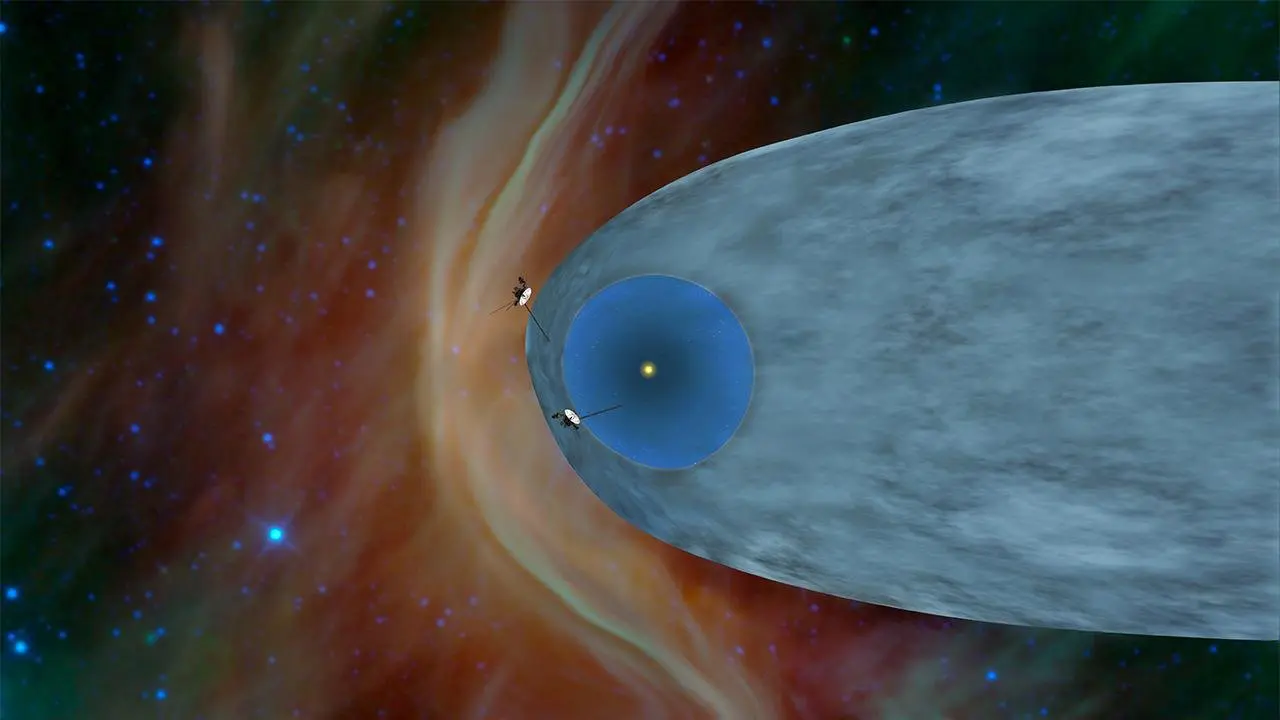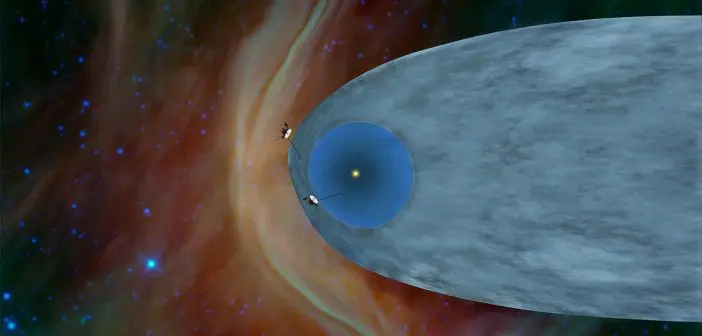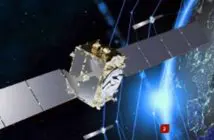
By Staff Writer
NASA has shut down one of the science instruments on its Voyager 2 spacecraft after 47 years of operation. The spacecraft is currently around 20.9 billion kilometres from Earth. NASA sent the signal to shut down the Plasma Science experiment on September 26 to save energy and keep the spacecraft operational into the 2030s. The plasma science experiment observed and measured solar winds.
“Mission engineers have taken steps to avoid turning off a science instrument for as long as possible because the science data collected by the twin Voyager probes is unique,” a NASA statement reads. “No other human-made spacecraft has operated in interstellar space, the region outside the heliosphere.”
Voyager 2 launched on August 20, 1977. According to NASA, it now takes over 19 hours to send a signal (moving at the speed of light) to the spacecraft. On the weekend, it was in the constellation of Pavo. The current Right Ascension is 20h 09m 46s, and the Declination is -59° 11′ 14.”
The plasma experiment used four detectors (called cups). They collected information about the ions and electrons emitted from the Sun across the solar system. When Voyager 2 left the heliosphere in 2018, its ability to collect information about the flow of ions and electrons, the so-called solar winds, diminished. This was because Voyager 2’s orientation changed relative to the direction of the solar winds’ flow.
NASA wants to do more science
NASA’s Pam Melroy recently told Australia in Space TV that Voyager 2 was “brave” and “beyond the edge of the solar system.”
“We want to do more science,” she said. “That’s why we explore the edge of the Solar System. You have to go there to understand it. Many frequencies, we can’t observe from the surface of the Earth because of our atmosphere and the sensitivity of the signal. But in cases like Voyager, they’ve been out there and operating with a magnetometer and plasma sensor. You can only use them to measure when in place and to try to understand what is happening between Solar Systems.”
Despite the plasma detector’s performance diminishing, NASA says they’ve avoided turning it off for as long as possible because the data collected is unique. The agency says no other human-made spacecraft has ever operated in interstellar space (the region beyond the heliosphere).
Performance dropped after leaving our solar system
After leaving the heliosphere six years ago, three of the four cups’ performance “dropped off dramatically.” The most useful data from the fourth cup only arrived once every three months, when the spacecraft did a 360-degree turn on the axis pointed toward the Sun. This factored into the NASA’s decision to turn this instrument off before others.
The plasma science instrument on Voyager 2’s twin, Voyager 1, stopped working in 1980. It was turned off in 2007 to save power. Another instrument aboard Voyager 2, called the plasma wave subsystem, can estimate the plasma density when eruptions from the Sun drive shocks through the interstellar medium, producing plasma waves.
Both spacecraft are powered by decaying plutonium and lose about four watts of power annually. After the twin Voyagers completed their exploration of the giant planets in the 1980s, the mission team turned off several science instruments that would not have performed or be of use in interstellar space.





